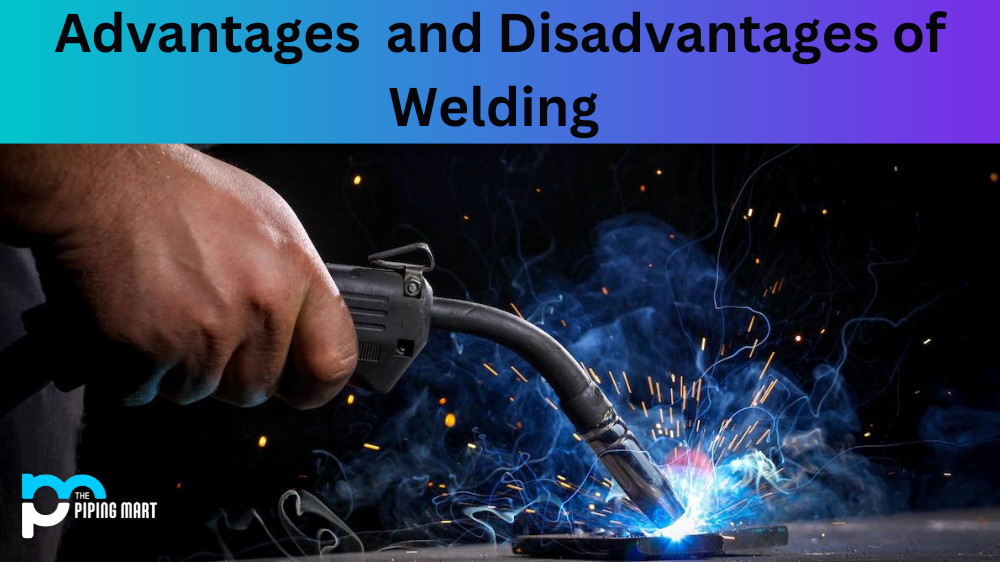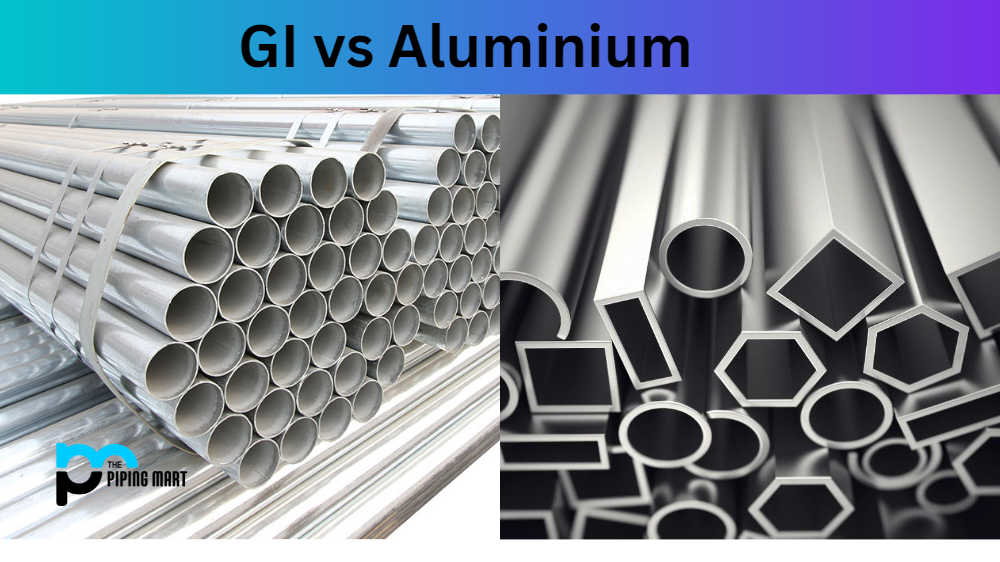Welding is a process that uses a combination of heat and pressure to join two pieces of metal together. It’s an important skill that is used in many industries, such as automotive, manufacturing, construction, and more. But before you decide to pursue welding as a profession or hobby, it’s important to understand both the advantages and disadvantages associated with it.
5 Advantages of Welding
One of the primary advantages of welding is its strength. When done properly, welding can create strong bonds between two pieces of metal that can last for decades. This makes it ideal for use in applications where high strength is needed. Additionally, because welding does not require additional parts or fasteners to hold metals together, it also helps save time and money during fabrication projects.
Welding also offers some flexibility when it comes to joining different types of materials. Because there are so many different types of welding processes available, you can choose one that works best for your project and the materials involved. For example, some welders specialize in stainless steel welding, while others focus on aluminum or other metals.
Fewer Pesticides
One of the primary benefits of organic foods is that they contain fewer pesticides. Pesticides are chemicals that are used to kill insects or other organisms that may harm crops. While pesticides can help to increase crop yields, they can also be harmful to human health. Numerous studies have linked exposure to pesticides to a variety of health problems, including cancer, reproductive issues, and neurological problems.
More Nutritious
Organic foods have also been shown to be more nutritious than non-organic foods. A study published in the British Journal of Nutrition found that organic fruits and vegetables contain higher levels of vitamins and minerals than their non-organic counterparts. The study also found that organic foods contain higher levels of antioxidants, which are beneficial compounds that can help to protect the body against disease.
Better for the Environment
Organic farming practices are also better for the environment than traditional farming practices. Organic farmers use methods such as crop rotation and cover crops to improve soil health, which helps to reduce water pollution and soil erosion. Additionally, organic farmers often use less energy than conventional farmers as they do not rely on synthetic fertilizers or pesticides, which require a great deal of energy to produce.
No Genetically Modified Organisms
Another benefit of organic foods is that they do not contain genetically modified organisms (GMOs). GMOs are plants or animals that have been created through genetic engineering, a process in which genes from one organism are inserted into another organism in order to create a new variety with desired traits. Some people believe that consuming GMOs may be harmful to human health, as there is currently no long-term data on the safety of consuming them.
Animals Are Treated Better
Organic standards also require that animals be treated better than those raised on conventional farms. For example, organic chickens must have access to the outdoors, while those raised on conventional farms typically do not. Organic cows must also be fed a diet that is free from growth hormones and antibiotics.
5 Disadvantages of Welding
One disadvantage of welding is that it requires specialized skills and training in order to do it safely and correctly. Without this knowledge and experience, welders could be at risk for serious injuries due to exposure to intense heat or electric shock from equipment malfunction. Additionally, the improper technique could lead to weak bonds between metals which could cause them to break apart over time. Furthermore, welders must take precautions when working with hazardous materials such as lead or asbestos because these substances can cause health problems if inhaled or ingested by workers.
Health Risks
Welding can be a dangerous occupation due to the health risks associated with it. Exposure to welding fumes can cause a variety of health problems, including respiratory issues, skin irritation, and cancer. Additionally, welders are at risk of suffering from burns, eye damage, and hearing loss.
Expensive Equipment
Another downside of welding is that it requires expensive equipment. A welder must have access to a welding machine, as well as other tools such as gloves, helmets, and protective clothing. The cost of these items can add up, making welding an expensive hobby or profession.
Time-Consuming
Welding can also be a time-consuming process, especially if you are new to it. It takes practice to master the skills needed to produce quality welds, and even then, it can be a slow process. This can make welding frustrating for those who are not patient or who do not have a lot of time to dedicate to it.
Dangerous
As mentioned before, welding is a dangerous occupation due to the health risks associated with it. But even if you take all the necessary precautions, there is always the risk of accidents happening. Burns, eye damage, and hearing loss are just some of the potential injuries that a welder can suffer from.
Not Portable
Welding equipment is not very portable, which can be a problem for those who need to do welding work in different locations. The machines are large and heavy, and they require an electrical power source, which may not be available in all locations.
Conclusion:
Welding has its advantages and disadvantages; however, those who have the right training and experience can reap the rewards from this skill—from improved strength in bonds between metals all the way up to saving time on fabrication projects. Whether you’re an experienced welder looking for new opportunities or just getting started with this skill set, understanding both the pros and cons associated with welding will help make sure you stay safe while doing quality work every time!

Meet Bhavesh, a seasoned blogger with a wealth of knowledge and experience. From metal products manufacturing to retail, Bhavesh has a diverse background in various industries and is dedicated to sharing his insights and expertise with readers.




